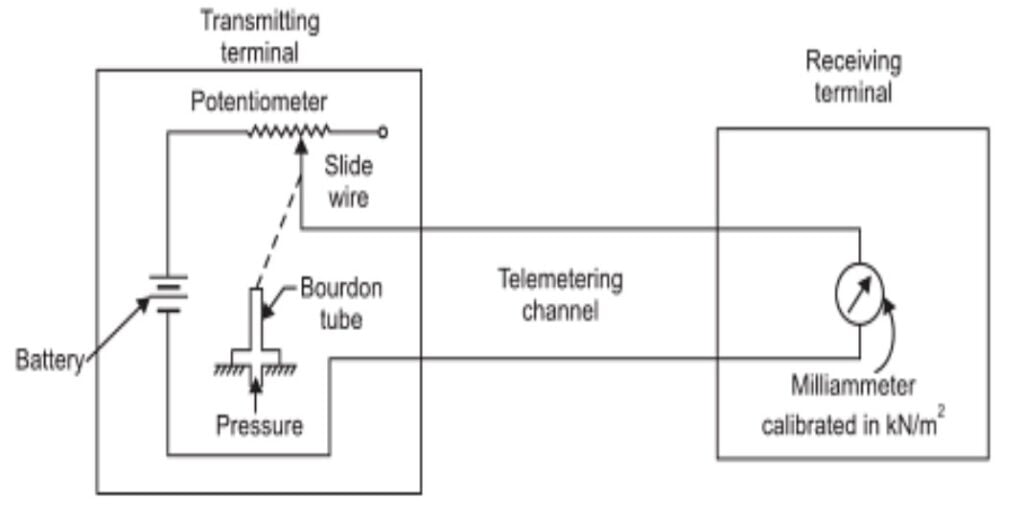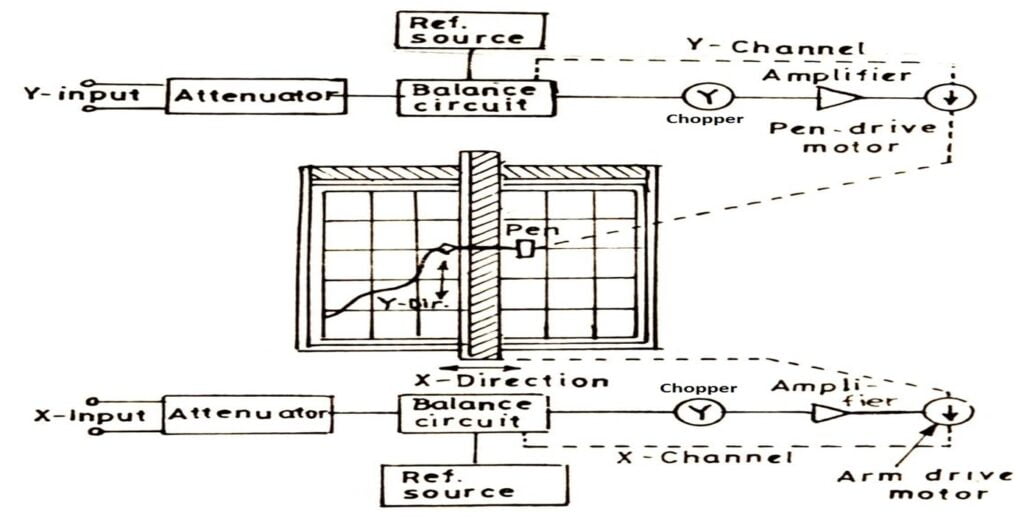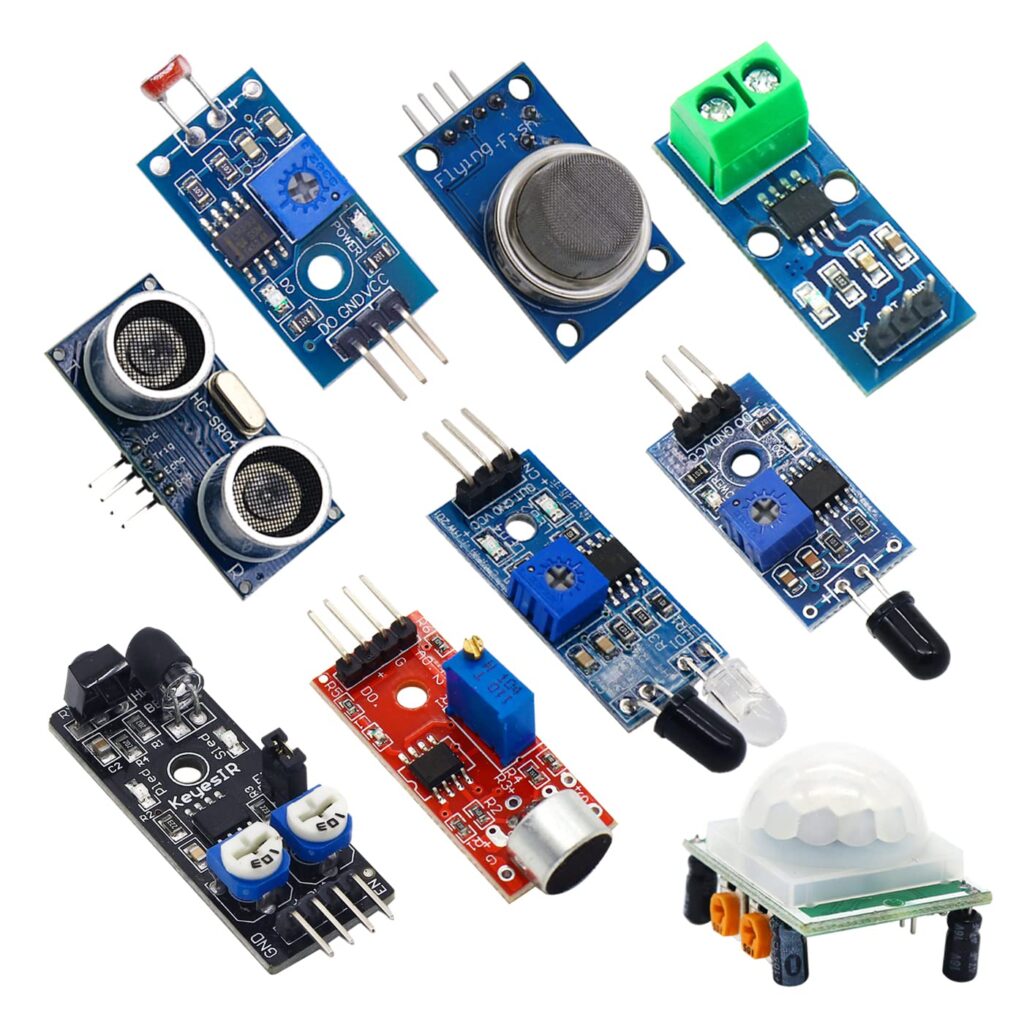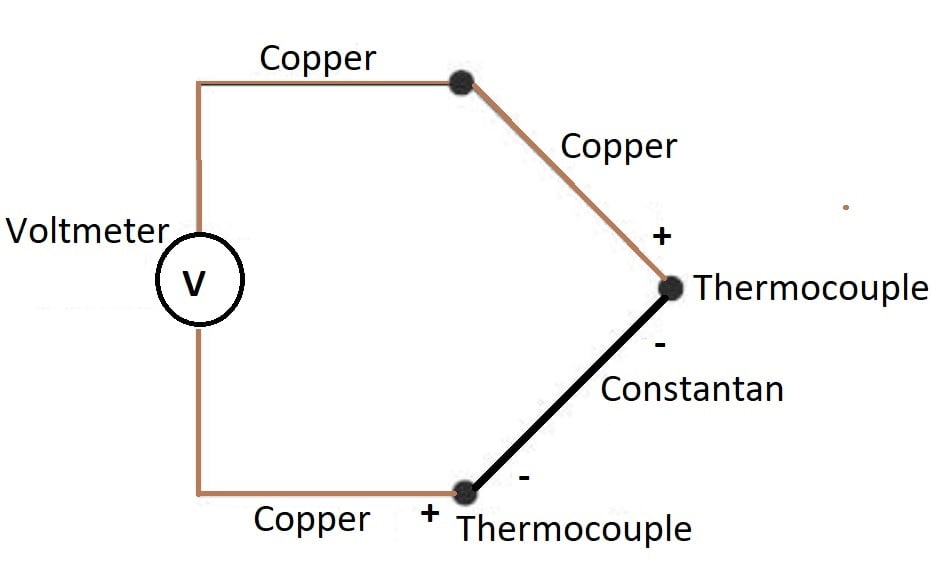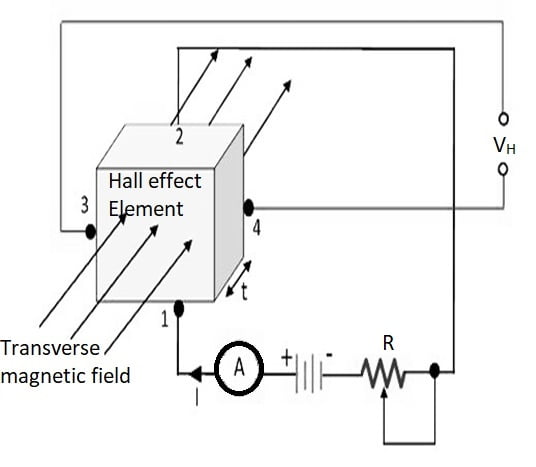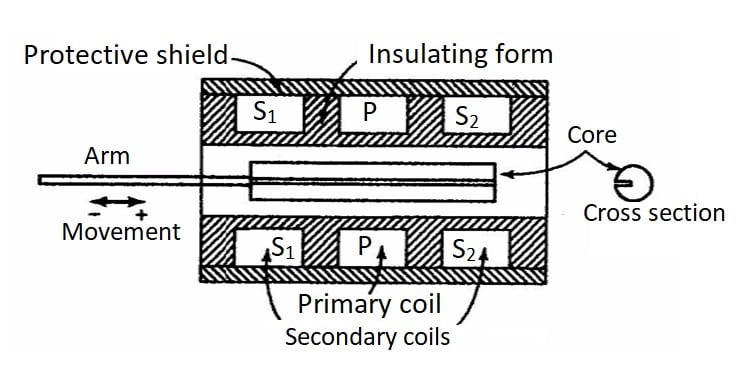Voltage and Current Telemetry System
Telemetry may be defined as measurement at a distance. In this article our focus will be on DC telemetry system and its types such as voltage and current telemetry system. Let’s have a brief idea about electrical telemetry. Electrical Telemetric System The electrical telemetring system consists of a transmitter, which converts the input measured into […]

